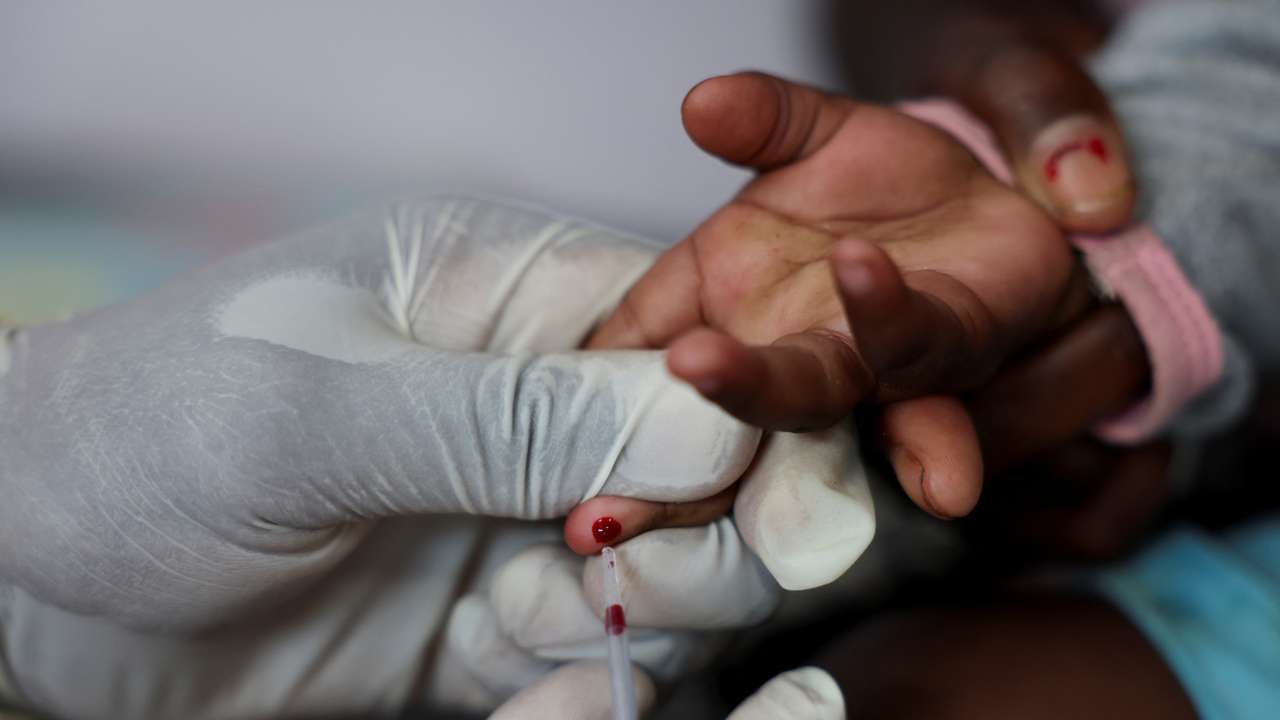Have scientists found a cure for HIV?

Researchers at the Peter Doherty Institute for Infection and Immunity in Melbourne have unveiled a new approach that could bring the world closer to a cure for HIV.
By leveraging mRNA technology—familiar from its use in Covid-19 vaccines, the team has found a way to expose the virus hiding in human cells, a critical step toward potentially eliminating it entirely, The Guardian reports.
HIV’s ability to remain dormant in certain white blood cells, known as the latent reservoir, has long thwarted efforts to eradicate it. This hidden reservoir allows the virus to evade both the immune system and antiretroviral drugs, requiring lifelong treatment for the nearly 40 million people living with HIV globally. According to UNAIDS, one person died every minute from HIV-related causes in 2023, underscoring the urgency of finding a cure.
The Melbourne team’s breakthrough involves delivering mRNA to these white blood cells using a novel lipid nanoparticle (LNP), dubbed LNP X. The mRNA instructs the cells to reveal the hidden virus, making it vulnerable to attack. “It was previously thought impossible to deliver mRNA to the type of white blood cell that is home to HIV,” said Dr. Paula Cevaal, co-first author of the study. “Our hope is that this new nanoparticle design could be a new pathway to an HIV cure.”
While the findings are promising, the road to a cure remains long. The study was conducted in lab settings using cells from HIV patients, and further research in animals and human safety trials will be needed, a process likely to take years. “Many things in biomedicine don’t make it to the clinic,” Cevaal cautioned. “But in terms of HIV cure research, we have never seen anything close to as good as what we are seeing.”
Dr. Michael Roche, co-senior author from the University of Melbourne, noted that the approach could have implications beyond HIV, as the targeted white blood cells are also relevant to cancers.
Parallel research at the University of Virginia’s School of Medicine offers complementary insights. Their findings reveal how subtle variations in HIV’s Rev-RRE axis, a viral control system, dictate its replication and latency. “Understanding how the virus stays latent could help us develop a lasting cure,” said Dr. Patrick Jackson, a lead author. These variations explain why some HIV strains are harder to flush out, informing strategies to target the virus more effectively.
Meanwhile, at the 25th International AIDS Conference (AIDS 2024) in Munich, a new case of long-term HIV remission was reported. A 60-year-old German man, who received a stem cell transplant in 2015 for leukaemia from a donor with a single CCR5-delta 32 mutation, has been off antiretroviral therapy since 2018 with no detectable HIV. This case, dubbed the “second Berlin patient,” builds on the success of Timothy Brown, the first person cured of HIV in 2007 via a similar transplant. “This confirms we are moving in the right direction,” said Dr. Meg Doherty of the World Health Organisation, though she stressed that stem cell transplants are high-risk and not a scalable solution.
The convergence of these findings - mRNA breakthroughs, insights into viral latency, and remission cases fuels cautious optimism. While a cure remains years away, the global HIV response continues to prioritise testing, treatment, and research to end the epidemic by 2030. As Cevaal put it, “We’re very hopeful that we could eventually do this in humans.”
This story is written and edited by the Global South World team, you can contact us here.